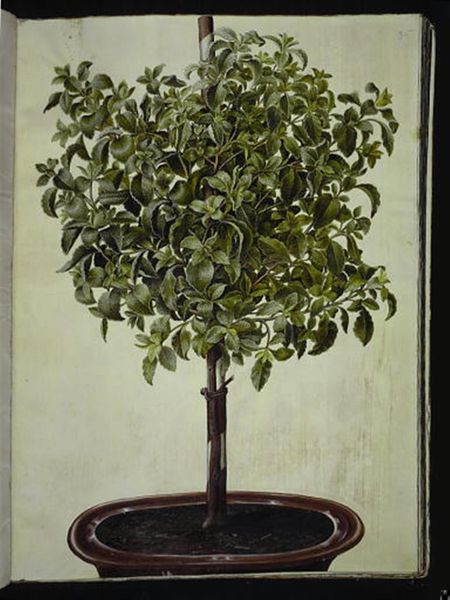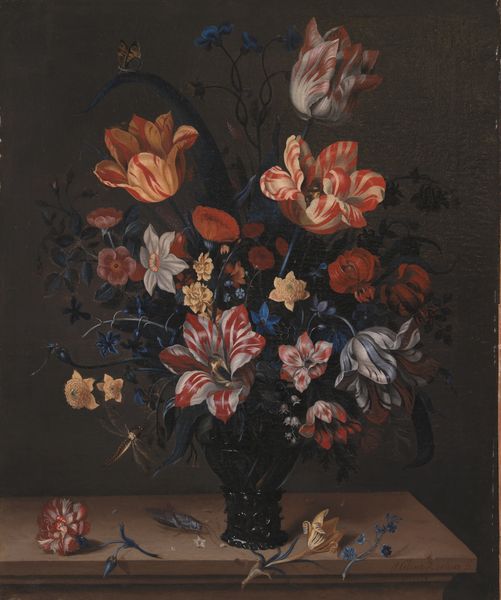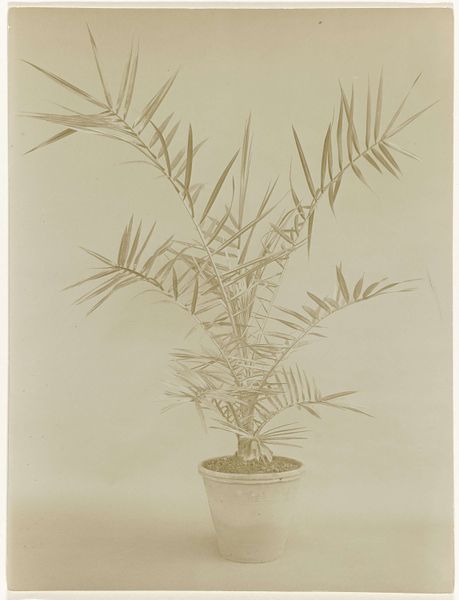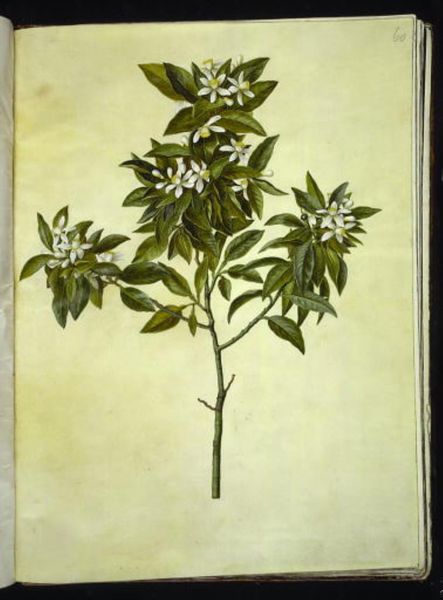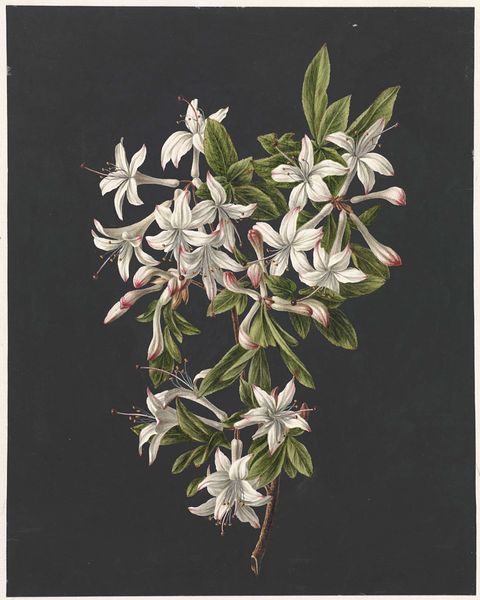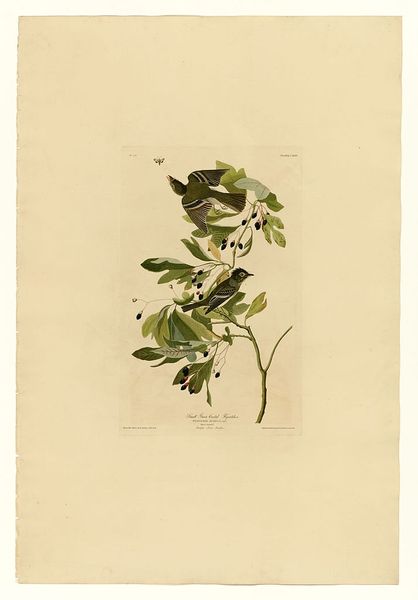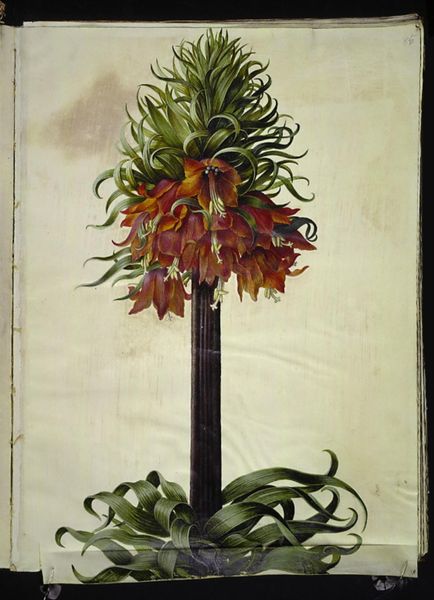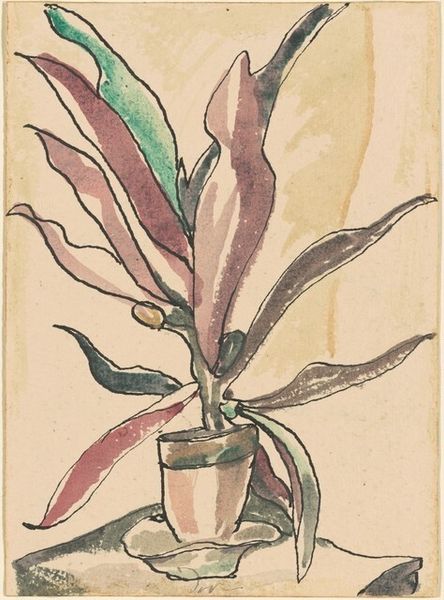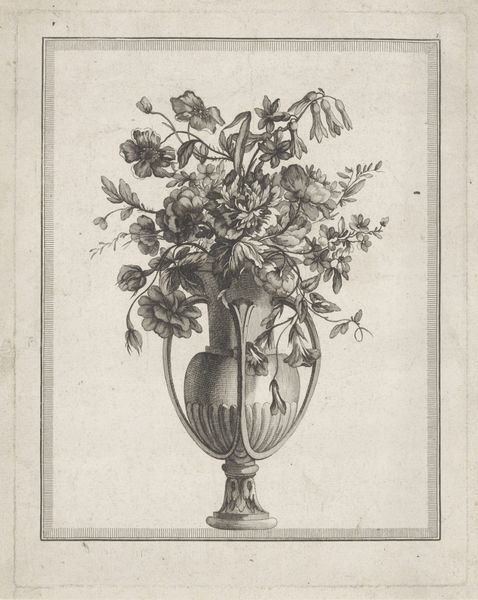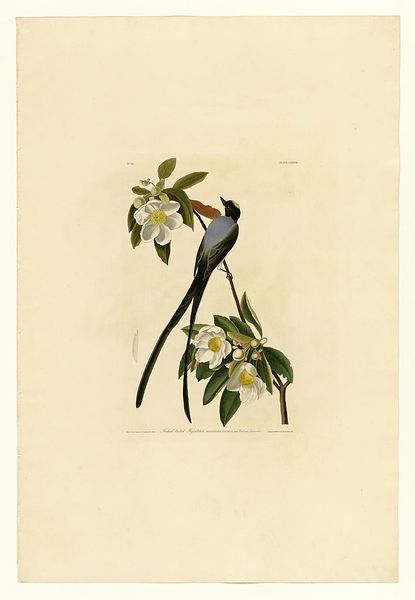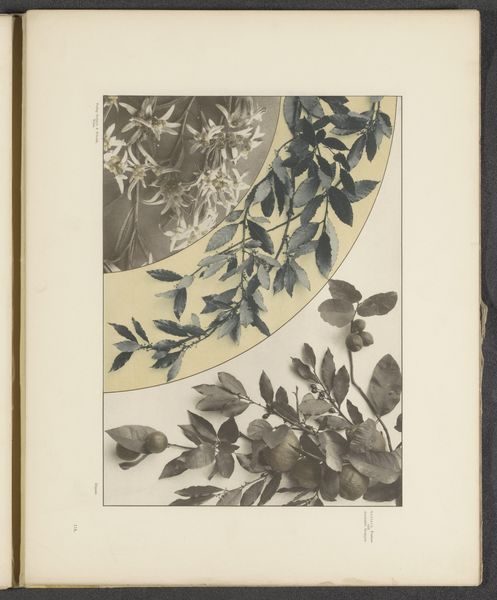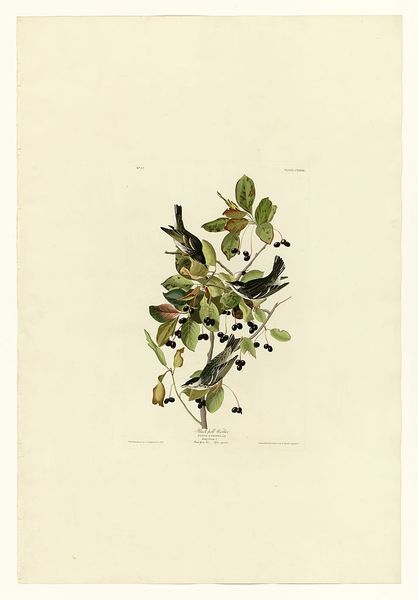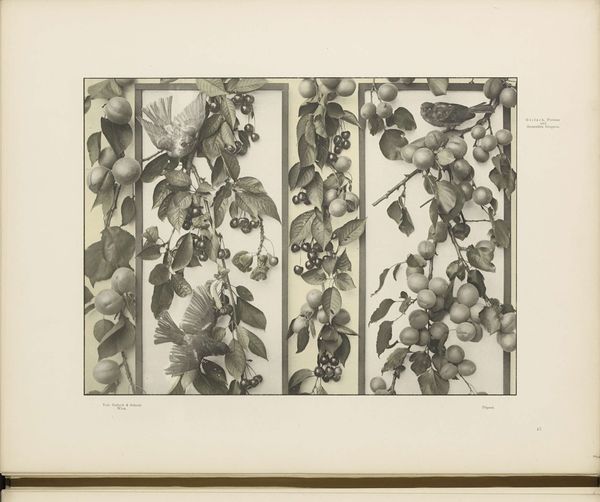
metal, sculpture
#
baroque
#
metal
#
sculpture
#
decorative-art
Dimensions: height 345 cm, width 40 cm, depth 63.5 cm, weight 257 kg
Copyright: Rijks Museum: Open Domain
Daniël Marot, around the turn of the 18th century, forged this iron orange tree, to adorn the gate of Huize de Voorst. More than mere decoration, this sculpture embodies the potent symbolism of the House of Orange in the Netherlands. Marot, a Huguenot refugee, brought with him the artistic sensibilities of the French court, blending them with Dutch traditions. The orange tree itself, laden with golden fruit, served as a visual metaphor for prosperity and the ruling dynasty's legitimacy. Positioned at the entrance, it asserted the family’s status but also made a claim about the Netherlands itself. To truly understand this artwork, one must delve into the historical context of the Dutch Republic, its political struggles, and the evolving role of the House of Orange. Researching estate inventories and family documents from the period can reveal how art was used to shape identity and project power. Only then can we appreciate how Marot's iron tree transcends mere craftsmanship, becoming a powerful emblem of a nation's ideals.
Comments
No comments
Be the first to comment and join the conversation on the ultimate creative platform.
